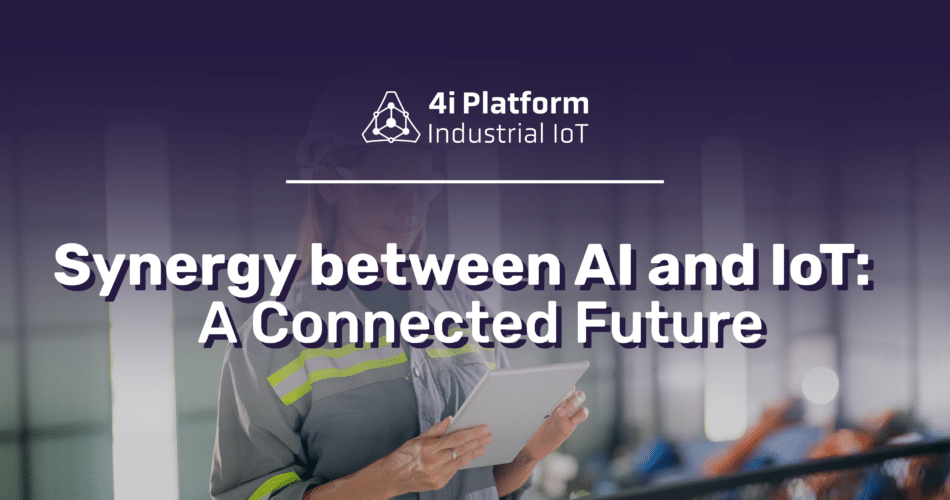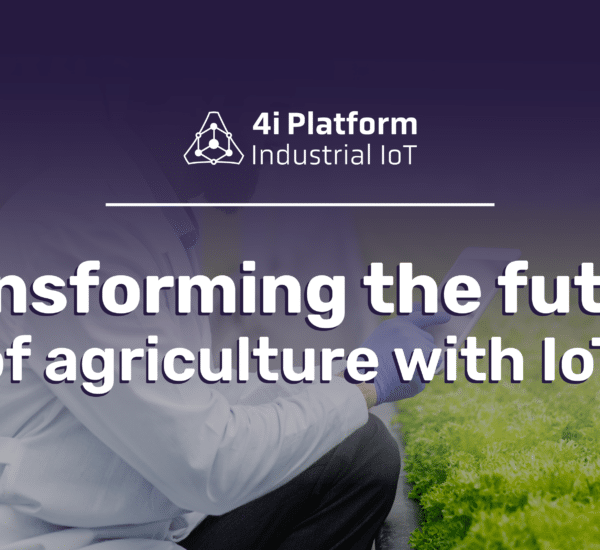The Internet of Things (IoT) is at the forefront of digitization, transforming the way we interact with technology and revolutionizing various industries. This expansive network of connected devices enables professionals, the boundaries of what is possible. According to a report by Statista, a German online platform specializing in data collection and visualization, the number of connected IoT devices is expected to reach 30.9 billion by 2025, demonstrating the magnitude of this revolution.
In turn, artificial intelligence (AI) is a branch of computer science that seeks to develop systems capable of performing tasks that normally require human intelligence, such as learning, problem solving, decision making and pattern recognition. AI is used in a variety of applications, such as speech recognition, process automation, big data analysis, recommender systems and autonomous cars, helping to improve efficiency and accuracy in multiple areas.
Therefore, in the following article, we will explore how the combination of IoT and AI is transforming the way businesses operate and how we interact with technology in our daily lives. We will analyze the impact of this merger, known as AIoT, on the massive generation of data, and how these technologies can optimize processes, improve decision making, and enable remote diagnostics and operations
The Rise of Big Data in IoT
The Internet of Things (IoT) is a concept that refers to the interconnection of physical devices over the internet, allowing them to autonomously collect, share and process data with each other. The term IoT was coined in 1999 by Kevin Ashton, an MIT researcher, who envisioned a world where physical objects would be connected to the network to communicate with each other without human intervention, facilitating a new era of automation and connectivity.
The proliferation of IoT devices generates a vast amount of data. This proliferation of information offers unprecedented opportunities for businesses, enabling them to forecast outcomes, gain real-time insights and drive operational efficiency.
Traditional analytics tools, such as SPSS (Statistical Package for the Social Sciences) or SAS (Statistical Analysis System), are often insufficient to handle the complexity and volume of information generated by the IoT. This is where Artificial Intelligence becomes an essential component. Machine learning and predictive analytics techniques can help organizations transform data into valuable insights for strategic decision making.
AI and IoT: A Perfect Connection
The combination of artificial intelligence (AI) with the Internet of Things (IoT), known as AIoT, is transforming the way devices interact. While the IoT focuses on connecting devices to communicate with each other, AI allows them to learn and process information in a similar way to humans, but with unparalleled efficiency and speed.
AIoT represents a move towards a more interconnected future. From the combination of these technologies, it is possible to analyze large data sets to identify patterns and trends to optimize processes and reduce costs. Thanks to real-time analysis and the use of machine learning algorithms, it is possible to define possible improvement actions. Thus, processing and software capabilities that exchange data for greater efficiency and accuracy make decision making faster and more efficient.
Implementation Challenges
Many organizations face certain challenges in trying to realize the full potential of AIoT. The high volumes of data generated, the need to modernize acquisition tools, and improved analytics practices are key opportunities to optimize information processing. However, the economic challenges involved in implementing these technologies can prove to be a major obstacle for those companies that must make an investment in technology and training.
At the same time, integration with existing systems can be a challenge, as well as data quality, since Artificial Intelligence not only requires a large amount of quality data to function effectively, but it must also be compatible with current systems implemented in a plant. This is why it is recommended to adopt a gradual implementation approach, not only to gain experience, but also to be able to adapt the current structure to the new one to be achieved.
A clear example of the combination of these technologies is the adoption of advanced and up-to-date analytics solutions that enable companies to maximize the value of their data. 4i Platform solutions allow companies to capture data in time and automatically transform it into KPI calculations such as OEE or quality. In turn, it allows to automatically declare production stops and take improvement measures based on them. The platform also has modules that facilitate the control of the consumption of energy sources, product quality, preventive maintenance of machinery, and that allow asset tracking in real time.
Conclusion
The integration of AI and IoT is not only transforming the way we access data, it is also redefining decision making. As we move toward an increasingly connected future, the synergy between these technologies will be critical to driving innovation and ensuring that every business’s goals are met. Organizations that embrace this combination will be able to harness the vast potential of digitization, boosting profits, minimizing costs and delivering an efficient, quality production process.





